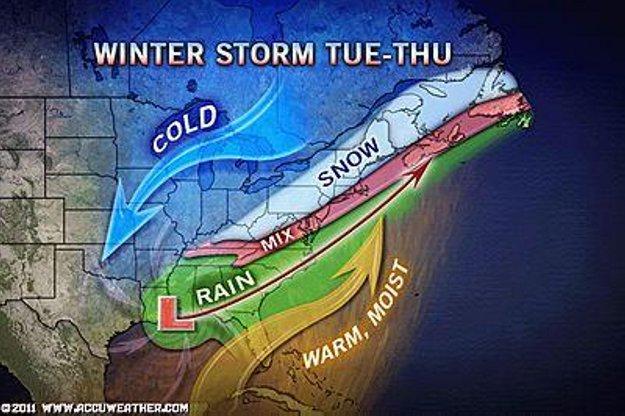- April 4, 2016
- Posted by: Dave Kurlan
- Category: Understanding the Sales Force

Other than birthdays, anniversaries, holidays and sporting events, how many occasions are there when you have repeated an event, in one form or another, for at least 22 years. Not many, right? This past weekend, I hosted 130 sales experts from around the world as part of Objective Management Group’s 22nd Annual OMG Conference. I’m proud that we kept these sales experts engaged to the point where there were just as many people in the room for the end of the final presentation as there were for the beginning of the first presentation. I want to share 5 out of more than 100 important insights that they took away which apply equally to you too.
Playing Your Part
There were some great take-aways from our keynote speaker, Brandon Steiner, CEO of Steiner Sports. He offered dozens of insights and suggestions and shared some great stories, but the two that really stuck with me were:
- “Are you a participant or a spectator?” In my opinion, there are just so many salespeople that would fall into the spectator category – reacting, responding and facilitating – instead of the participant category where they are proactively building their pipeline, gaining traction, achieving velocity and closing business.
- “The underdog has nothing to lose – it’s like playing with house money!” It’s just like this quote from Band of Brothers which I included in this article, “You’re Afraid to Sell Because You Have Hope.” Actual video clip…
Selling to the CEO
One participant asked why it was so difficult to get a CEO to pull the trigger despite having uncovered some pain points. I explained that pain points alone may help to eventually create some urgency, but they represent only one of the three conditions necessary to create enough urgency to cause action.
You may be able to use the pain you uncovered to create the second condition – quantifying the opportunity. Properly quantifying an opportunity requires using math in a way that helps you build your case, and you can see it demonstrated here. Quantifying may help you develop a compelling reason for the CEO to move forward, but as I mentioned, it’s a CEO, and a CEO may need three conditions to be in place. The third condition is a connection to their end game – their overall long-term strategy. When CEO’s can’t see how your solution helps to achieve their long-term strategy and goals, they may not buy despite the pain you uncovered!
As I explained to the group, it’s a lot like a Nor’easter. For a blockbuster snowstorm like a Nor’easter to materialize, there are three conditions that must exist. The first is that there must be cold air from Canada in place. No cold air? No snow. The second condition is that the storm must pick up a significant area of moisture from the Gulf of Mexico or the waters off of the southern coast of the US. Without the moisture, there can be no big storm regardless of how much cold air there might be. But there is a third condition that must occur, and that is a favorable track of the storm. If the storm tracks too far inland, the storm will be in the form of rain. If it tracks too far to the south and/or east of New England, only Cape Cod and the islands will see snow. The storm must track just to the south and/or east of Cape Cod and then most of New England gets a major snow storm. When salespeople uncover only pain, that’s the equivalent of the moisture – but we don’t have the cold air in place and the track of the storm sends it out to sea.
21 Sales Core Competencies
We shared the latest enhancements and new features of our Sales Force Evaluation and the attendees were very excited about the expansion of 5 of the Sales Core Competencies for which we already had findings. Effective today, we have expanded the competency sets for:
- Milestone-Centric Sales Process
- Relationship Building
- CRM Savvy
- Social Selling
- Pipeline Management (sales management)
We previously included findings/scores for these competencies, but now we show approximately 8 attributes for each of these 5 competencies – a lot more details and explanation. They round out the 21 Sales Core Competencies that we measure and report on. The 21 Sales Core Competencies can be seen here.
Motivation
Last year, we announced that we had expanded our measurement of sales motivation. We had already begun looking at both intrinsic and extrinsic motivation when we began measuring 7 additional ways that salespeople are motivated. This year, we announced that in addition to intrinsic and extrinsic motivation, we will begin measuring altruistic motivation. This is important because sales managers are finding it more difficult to help salespeople who are not motivated by money. When sales managers understand how salespeople are motivated, they can use other strategies and tactics to help maintain motivational consistency.
Zero’s are Like Carbs
One of the big take-aways for the group was my comment that zero’s are like carbs – they’re bad for you. All of the zeros that appear, when the value of a huge sales opportunity is entered into the CRM application, cause salespeople to become inappropriately excited. They facilitate instead of pushing back. They respond instead of being proactive. They get happy ears instead of continuing to question things. Just cross out the zeros and treat it like any other opportunity!
There were literally dozens of other insights and take-aways that I don’t have time to share today, but if you like these, let me know and I’ll share some more in my next post. I’ll know you liked it if you click the LinkedIn share button at the top of the article.
